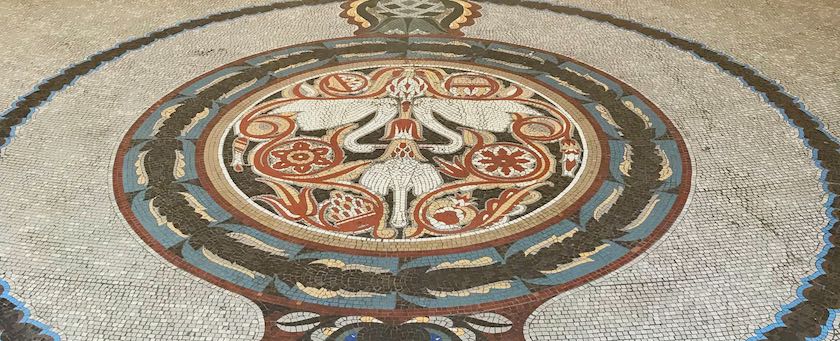Architecture

In the previous post, I discussed several relevant drivers that lead to ever-increasing complexity of the IT landscape, creating layers over layers of technology over time that never get cleaned up. As the post would have become too long otherwise, I left out the mitigation options.

In the previous post, I discussed several drivers of accidental complexity on the implementation level and what we can do about it.

This post is about mitigation techniques regarding accidental complexity in the architectural level.

In the previous post, I discussed the technology explosion we could observe in the recent years, its drivers, how it often creates unneeded complexity, reinforcing drivers and what we can do about it.

After completing the short “OSS” blog series series and before returning to the “Simplify!” blog series that grew quite a lot while writing, I would like to discuss a completely different topic. I call it “the two first laws of architectural work”.










